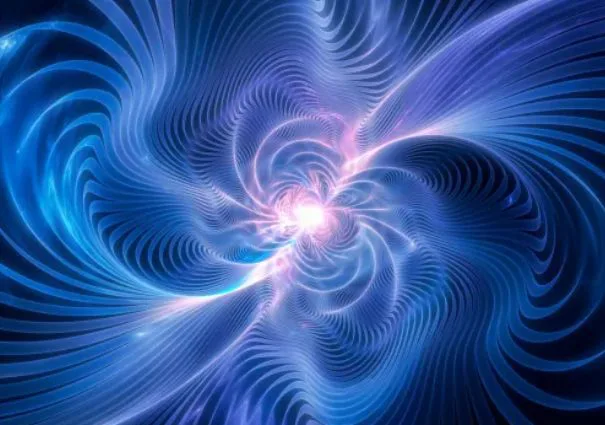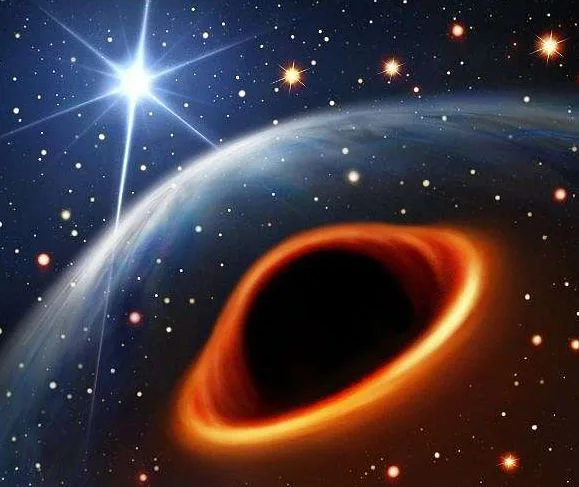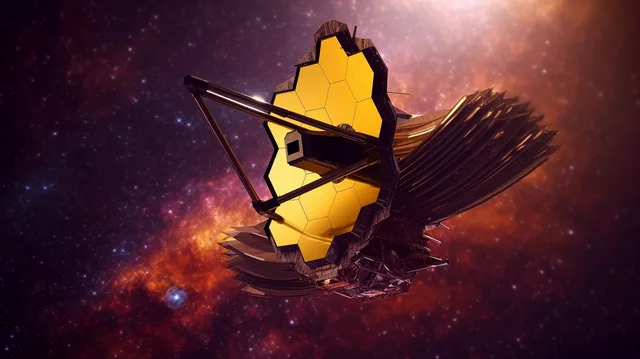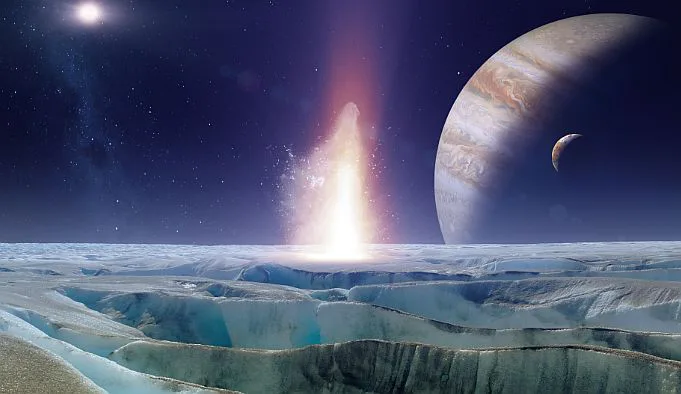
The surface area of Europa, one of Jupiter’s moons, is slightly smaller than Earth’s Moon. Yet it has garnered a lot of attention from scientists as a potential site for extra-terrestrial life. Here are some of the reasons, why it is considered as potential for hosting life:
Surface and Ice Shell: The surface of Jovian moon is covered by a layer of ice that is believed to be several kilometers thick. When it comes to the entire solar system, its icy crust is one of the smoothest. This implies that it is relatively young and geologically active moon.
Some of its regions have also shown signs of surface cracking and geologic activity.
Subsurface Ocean: Scientists have found evidence, which proposes that below the thick icy crust, Europa harbors a global subsurface ocean of liquid water.
This ocean is estimated to be significantly deeper than Earth’s oceans. Some models suggest it could be about 100 kilometers deep.
The liquid state of Europa’s ocean is maintained through tidal heating. It experiences strong gravitational interactions with Jupiter and its neighboring moons, such as Io and Ganymede.
These gravitational forces cause the moon to flex and generate internal heat, keeping the water in its subsurface ocean from freezing.
Energy and Nutrients: The moon experiences tidal flexing due to the gravitational interactions, which generates heat and may create hydrothermal vents on the seafloor. These vents could provide a source of chemical energy that certain types of organisms known as extremophiles can utilize.
Additionally, Europa’s ocean may contain a variety of organic compounds and minerals necessary for life as we know it.
The presence of liquid water, combined with the availability of nutrients and energy sources, makes Europa a compelling target for the search for life.
Rocky Mantle and Metallic Core: Beneath the subsurface ocean, Europa is believed to have a rocky mantle and a metallic core.
The mantle is composed of silicate rock and may contain various minerals. The metallic core consists of materials like iron and nickel. These internal layers contribute to Europa’s complex geology and may have implications for the moon’s potential habitability.
Given these characteristics, Europa has become a prime target for future exploration missions.
Metamorphic ocean origin
Recently, a study conducted by researchers from Arizona State University (ASU), has explored the potential outcomes of Europa’s formation under low initial temperatures.
They employed a computer code developed by Trinh to analyse the scenario.
The hypothesis suggests, that Europa’s subsurface ocean may have a metamorphic origin. According to the idea, if Europa formed from rocks containing significant amounts of hydrogen and oxygen – known as hydrated rocks – then the moon’s interior could have become hot enough to release water from these rocks.
This process, if proved, could have led to the formation of the subsurface ocean and the icy shell that covers it.
Understanding the origin of Europa’s ocean is crucial because it’ll assists scientists to assess the moon’s potential habitability.
The chemical ingredients and physical conditions during the ocean formation process play a significant role in determining whether Europa’s environment could support life as we know it.
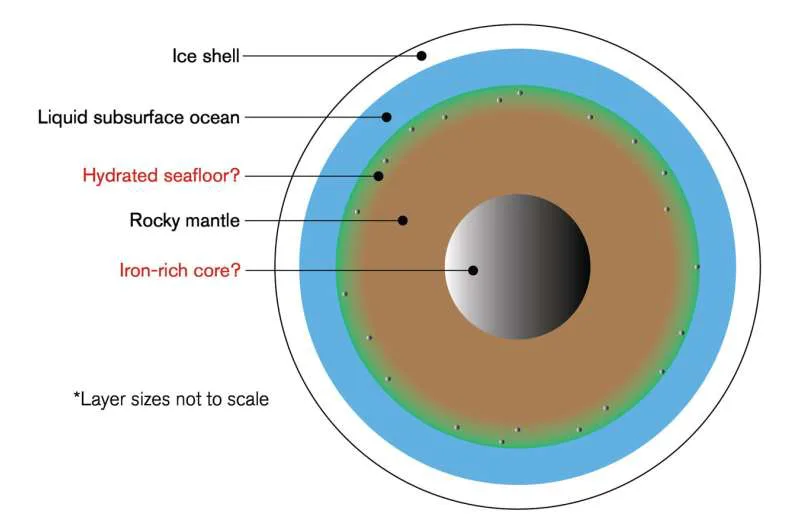
Dynamic processes occurring within Europa
Conventional assumption, among scientists studying Europa, holds that the Jovian moon formed with a metallic core either during or shortly after its accretion.
However, the study by ASU challenges this hypothesis. It suggests that Europa may not have begun forming its metallic core until billions of years after its initial accretion, or it might not have formed one at all.
Carver Bierson, a postdoctoral research scholar at ASU’s highlights the significance of this study by stating that it introduces a new perspective on Europa’s internal structure.
Rather than considering its interior as fixed shortly after its formation, this research suggests that Europa’s interior has been undergoing gradual changes throughout its existence.
This finding opens up avenues for future research to explore how these changes might be observed in the Europa we observe today.
Europa’s internal heat and metallic core formation in question
Europa’s internal heat and the potential for a metallic core are closely linked to the moon’s geologic activity, including seafloor volcanism, and the possibility of a habitable seafloor environment.
Nonetheless, there is uncertainty regarding whether Europa produced sufficient heat to create a metallic core.
Kevin Trinh’s computer code calculates how heat is generated and distributed within a moon, employing the same governing equations that have been used by geodynamicists for many years.
The team’s ground-breaking finding challenges common assumptions made in Europa modeling, suggesting that a small moon like Europa, with its relatively low mass, could have formed as a cold mixture of ice, rock, and metal.
Interior heat and habitability
Nevertheless, all the aforementioned processes necessitate a hot interior.
Given Europa’s small size (~1% of Earth’s mass), it may not possess enough energy to initiate or sustain Earth-like phenomena such as
- metallic core formation
- seafloor volcanism
- ongoing rock-water geochemistry
Consequently, the potential habitability of Europa remains uncertain.
The specific time of Europa’s formation plays a crucial role in determining the amount of heat available from the radioactive decay of a short-lived isotope of aluminum.
Additionally, tidal heating resulting from gravitational interactions with Jupiter and other moons governs the rate at which Europa’s interior differentiates into distinct layers.

Takeaway
Previous studies assumed that Europa underwent differentiation during or shortly after its accretion, resembling Earth’s process.
However, it is now believed that Europa likely formed under much colder conditions. This implies, that it likely ended its accretion phase as a mixture containing water ice and/or hydrated silicates.
If Europa possesses a metallic core, it might have formed billions of years after the moon’s initial accretion.
Ultimately, the chemistry of Europa’s ocean is expected to reflect the long-lasting heating processes that have occurred within its interior over time.

